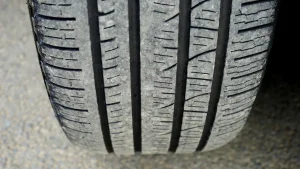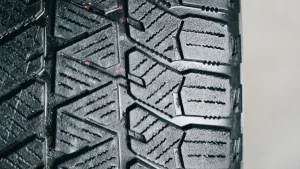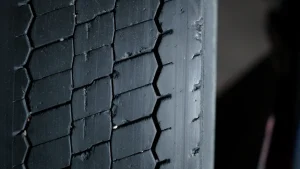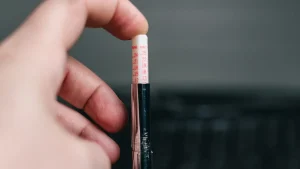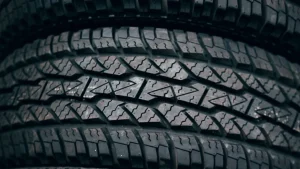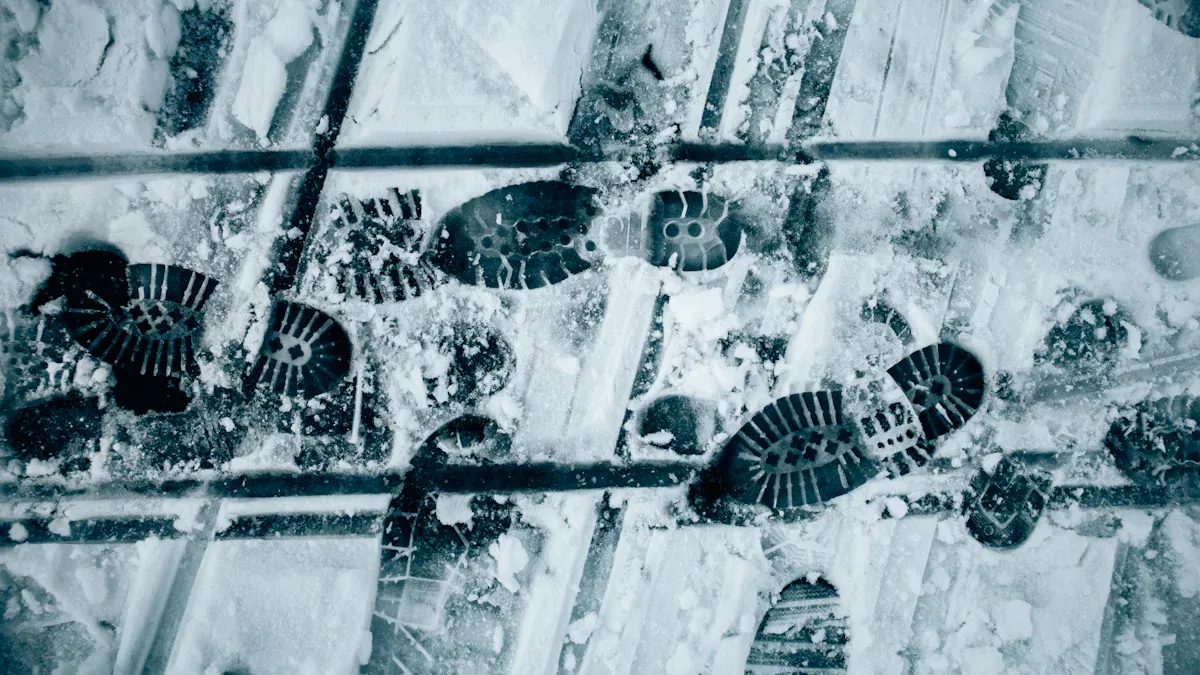
Tire safety is crucial for your safety on the road. Not having enough tread depth on your tires can lead to dangerous problems. For instance, adequate tread depth tires with deeper grooves help move water away, which lowers the chance of hydroplaning. In fact, 190 deaths from bad tires occurred in 2023. When should you change your tires? Understanding this can help save lives.
핵심 요약
타이어 트레드 깊이 점검하세요 at least once a month to ensure safety and avoid dangerous situations.
Use the penny test: if you can see all of Lincoln’s head, it’s time to replace your tires.
Replace tires when tread depth reaches 2/32 of an inch to maintain good traction and stopping distance.
Tread Depth Basics
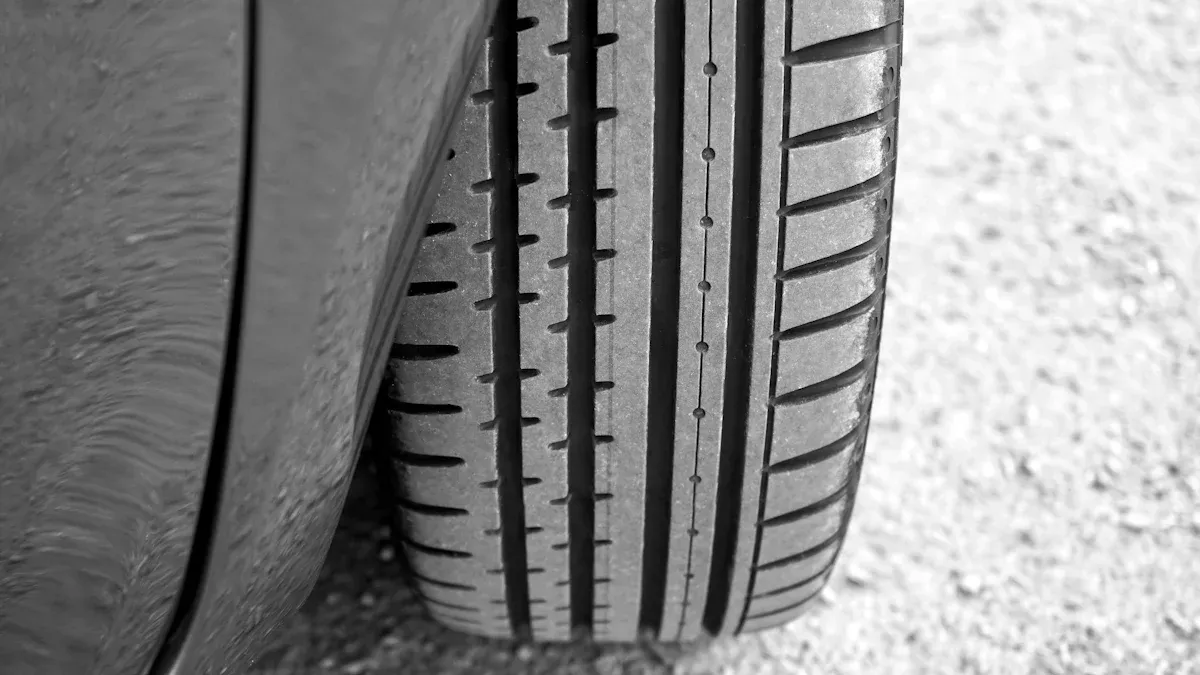
Measuring Tread Depth
Tread depth is how far the rubber on your tire sticks out. It measures from the top of the rubber to the bottom of the deepest grooves. This measurement is very important for your tire safety. In the U.S., we usually measure tread depth in 32nds of an inch. The best way to measure it is with a tire tread depth gauge.
You can use different ways to check tread depth. Here are some common methods:
Tread Wear Indicator Bars: These bars are built into the tire. They show when the tread is worn down.
페니 테스트: Put a penny into the tread. If you see all of Lincoln’s head, your tread is too shallow.
Tire Tread Depth Gauge: This tool gives a direct measurement of tread depth.
Laser-Scanning Technology: This method uses lasers to measure quickly and accurately.
Each method has a different level of accuracy. For example, the penny test is easy but not very precise. On the other hand, tire tread depth gauges give a more reliable measurement.
Tread depth affects how well your vehicle works. Less tread depth can make it take longer to stop, especially on wet roads. Studies show that tires with only 2/32″ of tread depth can increase stopping distance by up to 50% compared to deeper treads. Having enough tread depth helps keep traction, shortens stopping distances, and stops hydroplaning, which is very important for your safety on the road.
Signs for Tread Depth Tires Replacement
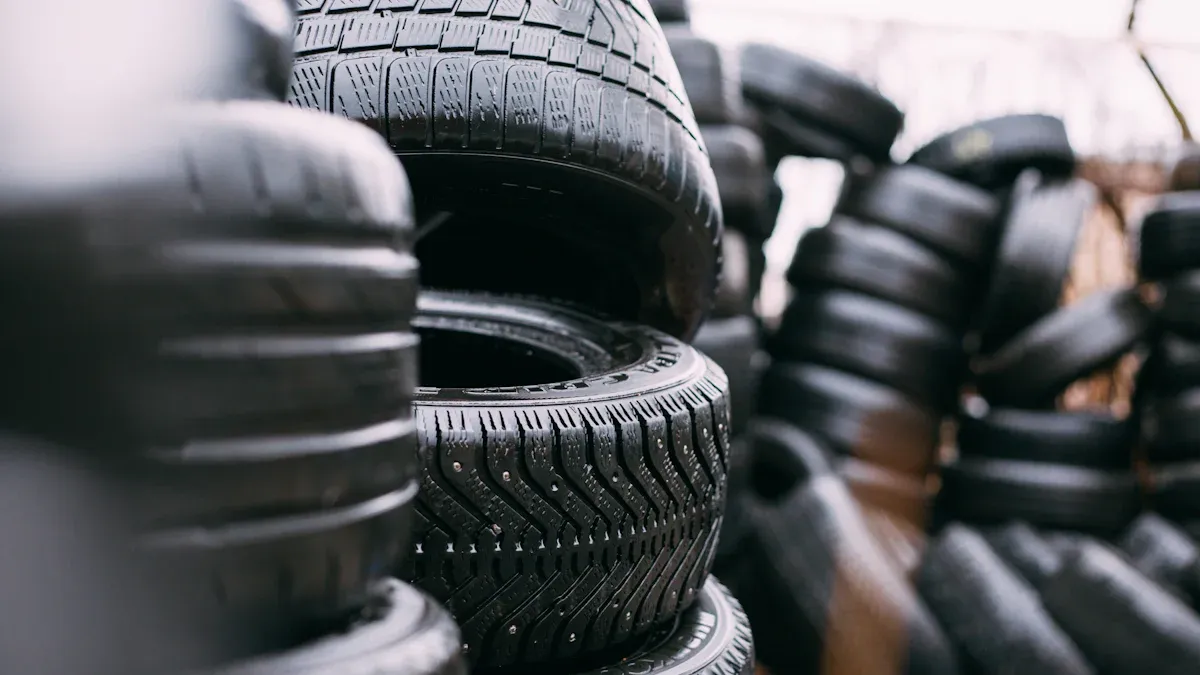
Legal and Recommended Depths
It is very important to know when to change your tires. Different places have laws about how deep the tread must be. In the United States, the law says that steering axle tires must have at least 4/32인치 of tread. Other tires need at least 2/32 of an inch. In the United Kingdom, the law requires a minimum of 1.6mm across the middle three-quarters of the tread. Knowing these rules helps you stay safe while driving.
You should also know the best tread depths for good performance. Tire makers and safety groups recommend a minimum of 2/32 of an inch for regular tires and 4/32 of an inch for steer tires. Keeping your tires above these levels helps with traction and handling.
When checking your tires, look for these signs of wear:
Visual Sign | 설명 |
|---|---|
Wear Bars | These show when the tread is worn down to 2/32″. |
Cracks | Signs of dry rot that can weaken the tire, often found in the sidewalls. |
Bulges and Blisters | These show internal damage or problems from making the tire, usually on the sidewalls. |
If the wear bars are even with the tread, your tires have hit the critical depth of 2/32″. This means you need to replace them right away.
Besides visual signs, changes in performance can also mean it’s time to get new tires. Here are some common problems you might notice:
더 긴 제동 거리: Less tread makes it take longer to stop, especially on wet roads. For example, 4/32″ of tread can add almost 30 feet to your stopping distance.
Declining Wet Braking Performance: Worn tires can lower wet braking performance by about 6%. This happens even if you haven’t driven much.
Decreased Hydroplaning Resistance: As tread wears down, hydroplaning resistance drops by about 13%. This makes it harder for your tires to move water away, raising the chance of losing control.
By watching for these signs and knowing the legal and recommended depths, you can keep your tires safe and working well. Regular checks will help you avoid dangerous situations and keep your vehicle performing at its best.
Factors Affecting Tire Longevity
How you drive is very important for how long your tires last. If you speed up quickly, your tires can wear out 25% faster. Quick starts create friction that wears down the tread. This friction causes a loss of tire material. Also, fast starts can cause flat spots, which lead to uneven wear and vibrations. Hard braking can also create flat spots on your tires, making them last less time.
The environment also affects how long your tires last. Here’s a quick look at how different conditions impact your tires:
Environmental Factor | Impact on Tire Longevity |
|---|---|
Temperature Extremes | High heat can make tires wear faster and increase blowout risk; cold can make them less flexible and more likely to get damaged. |
Road Conditions | Bad road conditions can cause tires to wear out and get damaged faster. |
UV Radiation | Long exposure can dry out the rubber and cause cracks. |
Moisture | Increases the chance of hydroplaning and can cause early wear. |
Ozone Levels | High levels can make tires age faster and crack. |
By paying attention to how you drive and the environment, you can help your tires last longer. Regularly checking your tread depth and changing your habits can lead to safer driving and fewer tire replacements.
When to Replace Your Tires
Knowing when to change your tires is very important for your safety. Here are some signs that show it’s time for a new set:
Tread Wear Indicator Level: Change tires when tread is at 2/32 of an inch (1.6mm) left.
Shallow Tread Depth: Think about replacing tires if tread depth is below 1/16 of an inch. This can hurt performance on wet roads.
Critical Tread Depth: Change tires at 4/32 of an inch to stay safe. Less tread means longer stopping distances.
페니 테스트: If you see Lincoln’s head on a penny in the tread, it’s time for new tires.
눈에 띄는 손상: Look for cuts, scrapes, cracks, and bulges. Any damage should be checked by a technician.
팁: Check your tires often for these signs. Being proactive can help avoid dangerous situations on the road.
Tires usually need to be replaced every 6 to 10 years, no matter the tread depth. This time frame considers rubber aging and outside factors that can weaken tires. Even if your tread looks fine, the materials can break down, which can cause blowouts or loss of grip.
Many myths exist about when to replace tires. For example, some think all tires wear out evenly. This is not true. How you drive and the roads you use can change tire wear. Also, some believe tire rotation is not needed. In fact, it is very important for making tires last longer.
Another common myth is that you can replace all-wheel-drive (AWD) tires in pairs. Experts say to replace them in sets of four for better performance. Lastly, the idea that cheap tires save money is wrong. They often wear out faster, which means you have to replace them more often.
By knowing these signs and tips, you can make smart choices about your tires. Regular checks and timely replacements will keep you safe and help your vehicle run better.
Taking care of your tires is very important for your safety. You need to check your 트레드 깊이 at least once a month. This helps you find uneven wear and see possible problems.
팁: Ask a professional if you are not sure about your tire condition. They can check your tires and give advice on what to do next.
Ignoring tire checks can cause big risks, like blowouts and accidents. Stay alert to make sure your tires stay in good shape and keep you safe while driving.
FAQ
타이어 트레드 깊이는 얼마나 자주 확인해야 하나요?
You should check your tire tread depth at least once a month to ensure safety.
What is the penny test?
페니 테스트 helps you measure tread depth. Insert a penny into the tread; if you see Lincoln’s head, replace your tires.
Can I replace just two tires?
It’s best to replace all four tires for better performance, especially in all-wheel-drive vehicles.

